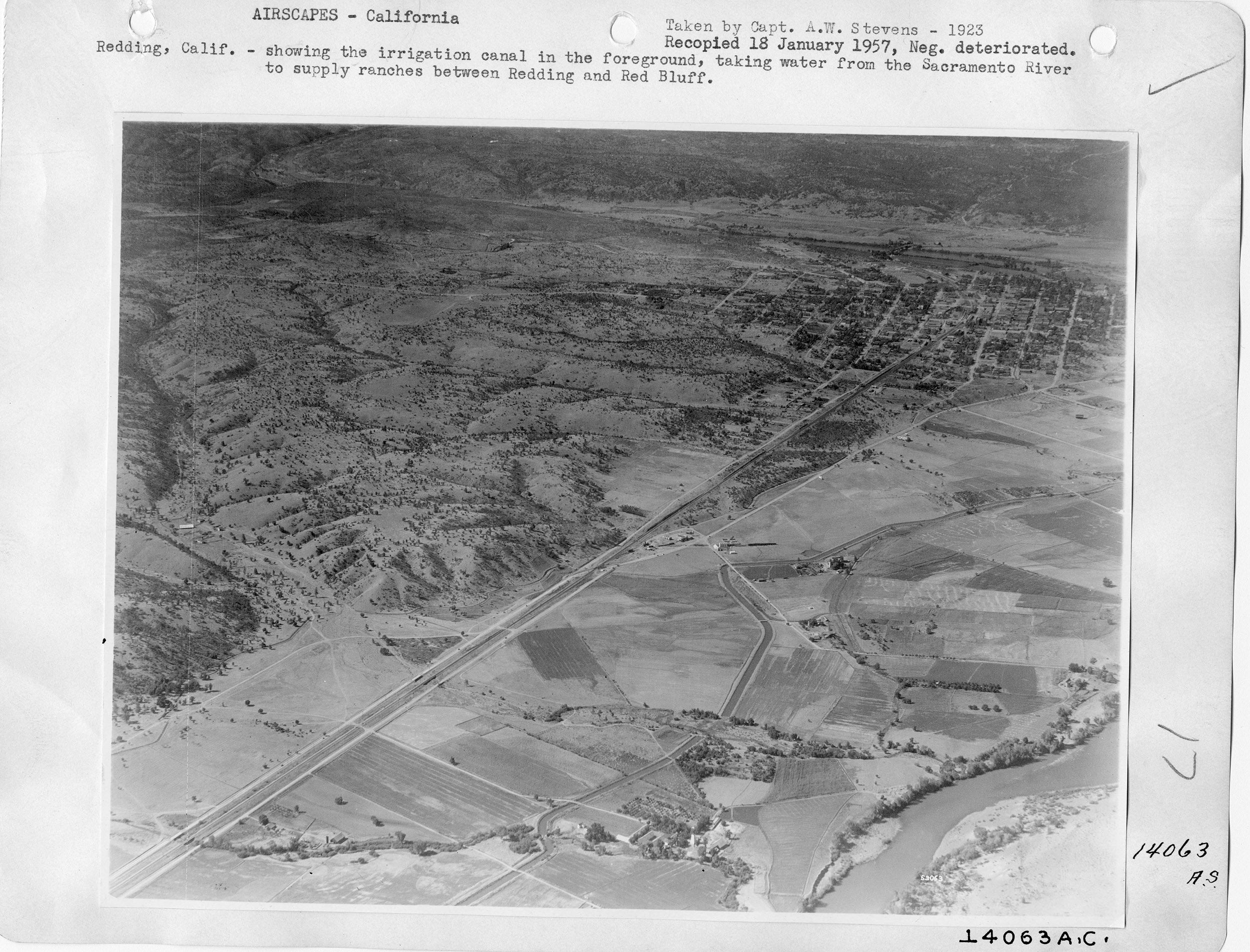Canadian-born engineer George Chaffey mixed advertising and irrigation to develop marginal lands in southern California and southeastern Australia. His methods were so well known they became an inspiration for Zionist colonists in Palestine. He combined boosterism, the main motivator, and gravity—to move the water.
It didn’t always work for those who bought into his schemes, however. Australian environmental historian Jennifer Hamilton-McKenzie profiles this would-be “Utopos,” or builder of transpacific utopias.
“Chaffey presented himself as a pioneering visionary,” writes Hamilton-McKenzie, “thereby masking the driving ambition which led him to engage in highly-suspect business practices. The latter half of the nineteenth century was a time of optimistic global migration, and Chaffey’s clarion call to lure people to his developments was timely and effective.”
The development of the “agriburb,” based upon a solidly middle-class farming lifestyle, was foundational to the growth of southern California. Marketing by land developers and railroad companies drew Easterners and Midwesterners out to the West Coast with the promise of a salubrious climate and lush farmland. Small orange, walnut, and avocado farms were sold as the basis of a leisurely, country-like existence far from the hustle and bustle of cities. (The necessary farm laborers were hardly considered in the equation.)
Key was the water. In the Mediterranean-type climate, water was gold. George and William Benjamin Chaffey hit on the idea of “irrigation colonies” as the answer, beginning in 1881 in Etiwanda and Ontario in California’s San Bernadino County. (The Chaffey brothers chose the names to appeal to Canadian settlers.) “Irrigation will precede settlement” went the argument. Advertising sold the lots and shares in the mutual water company. The Chaffeys were also pioneers in laying telephone and electric lines in their communities.
A future Prime Minister of Australia visited Ontario in 1885 and was deeply impressed. Intrigued by the settler-colonial opportunities Down Under, the Chaffeys sold out their American interests—Hamilton-McKenzie notes that if they had stuck around for another year or so, they would have made an enormous windfall—in 1886. In Mildura, in northwest Victoria, Australia, they developed irrigation colonies again, taking care to set up complicated corporate structures that ended up being their undoing.

Their companies were insolvent within seven years, settlers were up in arms in a virtual civil war, and a Royal Commission was tasked with investigating the mess. There was outright financial fraud, but it also turned out that George Chaffey’s legendary engineering abilities were suspect. In California, he had depended on gravity to distribute water to the land. In Victoria, his pumps weren’t up to working against gravity. The Royal Commission “was scathing in its assessment of the brothers’ operation,” which was both corrupt and incapable of supplying the necessary water.
W. B. Chaffey remained in Victoria, eventually opening a winery that exists to this day and helping develop Australia’s dried fruit industry. George Chaffey headed back to California, where he teamed up with the California Development Company, even though his banker son warned him that it was made up of…land boosters and hucksters. The company’s sights were set on the Colorado Desert.
“Exercising the marketing skills which, despite other claims, appeared to have his best talent,” George Chaffey helped rebrand the desert as the “Imperial Valley” in 1900. And, once again, the promise of irrigated farmland sold like hotcakes.
In just a few years, however, silt dammed the irrigation canals coming off the Colorado River. The river was breached to release water for farms, and low-lying areas filled in to become the enormous Salton Sea. The inland sea was then poisoned by agriculture run-off. As its edges dried, wind blew toxic clouds reached as far as Los Angeles.
Weekly Newsletter
Chaffey wasn’t directly responsible for what’s been called the largest environmental disaster in California history, since he’d already been forced out and his designs for the irrigation system overruled. Irrepressible, he went north to champion the Owens Valley as the new frontier in irrigation in 1905.
Angelenos and students of the movie Chinatown will know about Owens Valley. Chaffey had built towns on the dream of water control, but Los Angeles built a megalopolis. The city stuck its long straw into Owens Lake and sucked it dry by 1926.
Support JSTOR Daily! Join our new membership program on Patreon today.







